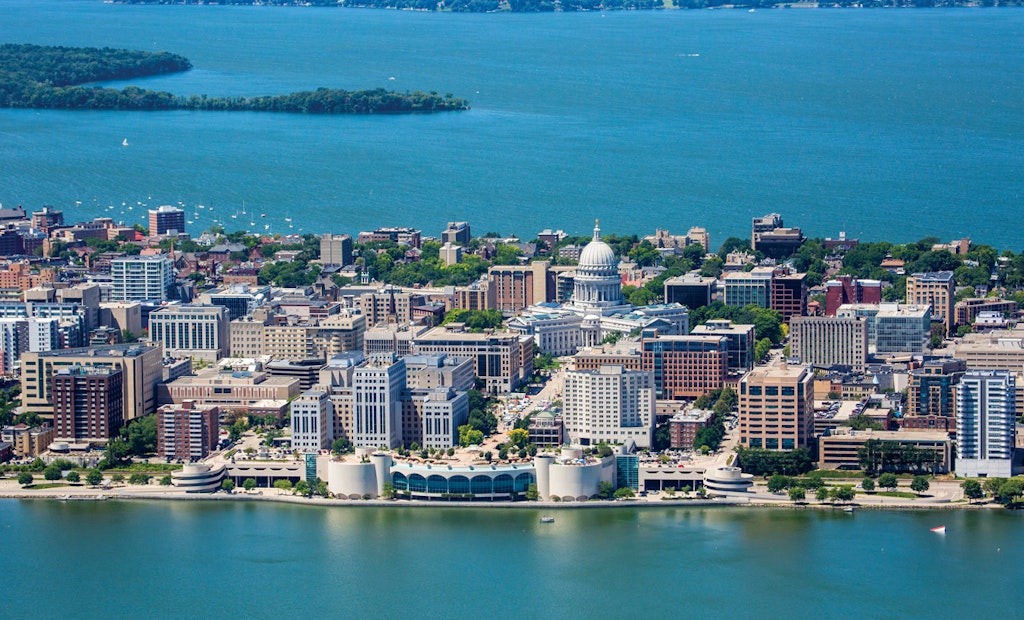Downtown Madison, Wisconsin, is surrounded by water. It’s an isthmus with Lake Mendota on one side and Lake Monona on the other. From my sister’s place I have a direct view of Monona to the south and some obscured views of Mendota off past the capitol to the north.
I mention that because Madison is a city that’s built around water, and it’s where I began my water and wastewater education in earnest very shortly after joining COLE Publishing. It would be a while before I became editor of MSW.
I came to Madison to do a story on a CIPP lining project the Madison Water Utility was working on. Everything on the job site was completely new to me — things I’d only just begun reading about. I knew the basic principles of pipe lining, but I didn’t know much else. The differences in curing systems, liner materials and resins were still well beyond me.
The engineer I interviewed and toured the site with, Adam Wiederhoeft, was incredibly helpful in guiding me through the different facets of a pipe rehabilitation project. In the weeks and months after, I weighed everything I read and heard about pipe rehabilitation against what I saw on the Madison project. That became my baseline, which was incredibly helpful.
I never wrote the story because I felt like I didn’t understand the process well enough at that point to convey the project’s most noteworthy and nuanced aspects in any kind of meaningful context. If I recall correctly it was the first potable water-main lining project in the state.
Sitting here today at my sister’s, looking out over Monona Bay with a ring of snow-covered ice around its shoreline, I started thinking back on that project. I don’t remember a lot of the specifics, but it was the foundation of my education in pipe rehabilitation. I’ve learned enough over the past nine years that there are things I take for granted now. Complacency can creep in no matter what you do. But thinking back on that trip to Madison, on my introduction to trenchless rehabilitation of any kind, I’m reminded of how impressive this industry can be and the significance of what you do.
It’s satisfying to think how much I’ve learned over the past nine years. At the same time, I know I have a long way to go. There’s always room for improvement. And no matter where you’re at in your career, the same likely applies to you. I kind of enjoy that part. If we knew everything, it would be pretty boring. If you could solve every problem without challenge, your jobs would probably be a lot less rewarding. Taking on the challenge is what makes you, your utilities and your communities better.
Enjoy this month’s issue.
Comments on this column or about any article in this publication may be directed to editor Luke Laggis, 800-257-7222; editor@mswmag.com.






